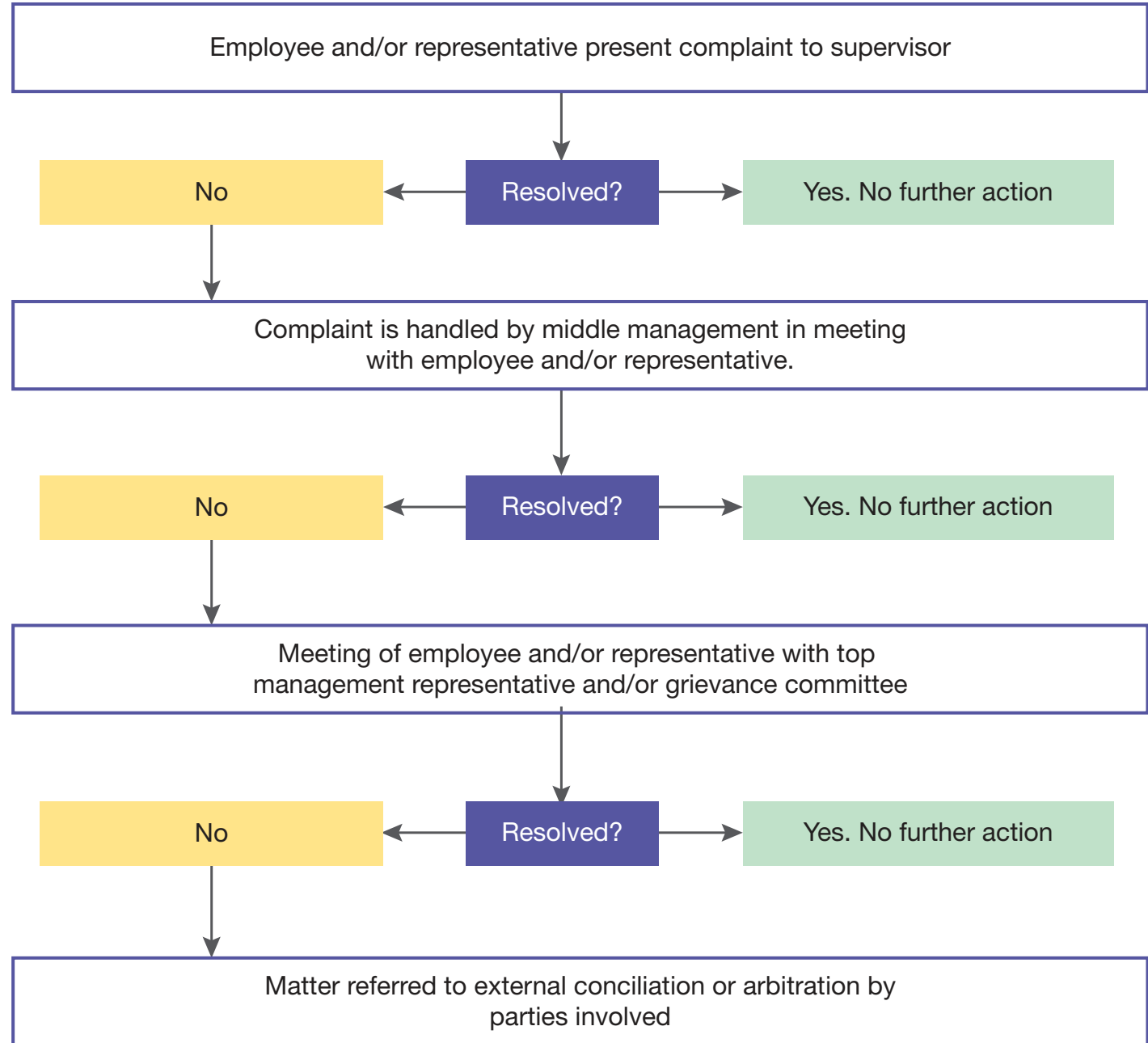Photo AI
Last Updated Sep 24, 2025
TRC: Debates and Impact Simplified Revision Notes for NSC History
Revision notes with simplified explanations to understand TRC: Debates and Impact quickly and effectively.
206+ students studying
TRC: Debates and Impact
Introduction to the TRC
Truth and Reconciliation Commission (TRC): A vital tool pivotal for South Africa's transition after apartheid.
- As a non-judicial entity, the TRC aimed to reveal historical truths and foster national healing.
- Simplified Explanation: The TRC endeavoured to uncover the truth without penalising participants in past wrongdoings, aiming to restore society.
Historical Context Leading to the Establishment of the TRC
Apartheid
- Apartheid: A system of racial segregation instituted by the National Party beginning in 1948.
- Key legislations included the Population Registration Act and the Group Areas Act, segregating communities and limiting non-white rights.
- This led to significant human rights violations, such as forced removals and racial discrimination, highlighting the need for reconciliation measures.
End of Apartheid and Transition to Democracy
- Internal resistance and global pressure (in the form of boycotts and sanctions) were instrumental in ending apartheid.
- The early 1990s were characterised by historic negotiations, notably with the ANC and leaders like Nelson Mandela.
- Nelson Mandela's Vision: Conceptualised the 'Rainbow Nation', advocating for unity and diversity.
- Rainbow Nation: "Never, never and never again shall it be that this beautiful land will again experience the oppression of one by another." — Nelson Mandela
- This period highlighted the necessity for national healing and societal unity.
Restorative Justice and the Birth of the TRC
- Restorative Justice: Preferred for its emphasis on healing rather than retribution.
- Promoted transparency and was integral to TRC's goals.
- The restorative model facilitated national dialogue and acceptance, essential for achieving reconciliation.
Public Hearings and National Healing
- The TRC's public hearings offered a venue for testimonies, helping both victims and perpetrators achieve catharsis and understanding.
Key Figures and Events Influencing the TRC
-
Archbishop Desmond Tutu:
- Served as TRC Chairman.
- Supported restorative justice and reconciliation, promoting healing via forgiveness.
-
Nelson Mandela:
- Served as South Africa's President post-apartheid.
- An advocate for national unity and reconciliation.

Introduction to Amnesty Provisions
Amnesty: Offers a route to avoid legal consequences by revealing the truth.
- Objectives:
- Foster national unity through truth revelation.
- Require complete disclosure for exemption.
- Ensure acts were rooted in political motives.
Legal and Moral Framework
Promotion of National Unity and Reconciliation Act of 1995: Establishes the legal basis for granting amnesty.
- Moral Challenges:
- Forgiving grave acts, such as torture.
- Transitioning to democracy with decreased violence.
Challenges and Criticisms of Amnesty Provisions
- Debate Synopsis:
- Pro-Amnesty: Facilitates truth-telling and reconciliation.
- Anti-Amnesty: Enables evasion of justice, weakening legal accountability.

Reparations
Reparations: Crucial measures designed to rectify past injustices within the TRC framework.
- Varieties:
- Financial compensation, community initiatives, and symbolic reparations.

Impact and Continuing Influence
- Societal and Individual Catharsis: Essential for collective recovery.

This diagram depicts the TRC's process, showing interactions among victims, perpetrators, and communities.
Conclusion of Debates
- Public Opinion:
- Varied responses, with some arguing amnesty promoted peace while others assert justice was not fulfilled.
- Future Changes:
- Potential systems like Rwanda's Gacaca courts might improve processes.
"The moral imperative of reparations is undeniable for meaningful reconciliation." — Archbishop Tutu
Further Analysis
- Addressing both individual and institutional violence is crucial for thorough societal healing. Reflecting on the TRC's approach can provide valuable insights for future reconciliation efforts.
500K+ Students Use These Powerful Tools to Master TRC: Debates and Impact For their NSC Exams.
Enhance your understanding with flashcards, quizzes, and exams—designed to help you grasp key concepts, reinforce learning, and master any topic with confidence!
160 flashcards
Flashcards on TRC: Debates and Impact
Revise key concepts with interactive flashcards.
Try History Flashcards20 quizzes
Quizzes on TRC: Debates and Impact
Test your knowledge with fun and engaging quizzes.
Try History Quizzes41 questions
Exam questions on TRC: Debates and Impact
Boost your confidence with real exam questions.
Try History Questions12 exams created
Exam Builder on TRC: Debates and Impact
Create custom exams across topics for better practice!
Try History exam builder90 papers
Past Papers on TRC: Debates and Impact
Practice past papers to reinforce exam experience.
Try History Past PapersOther Revision Notes related to TRC: Debates and Impact you should explore
Discover More Revision Notes Related to TRC: Debates and Impact to Deepen Your Understanding and Improve Your Mastery
